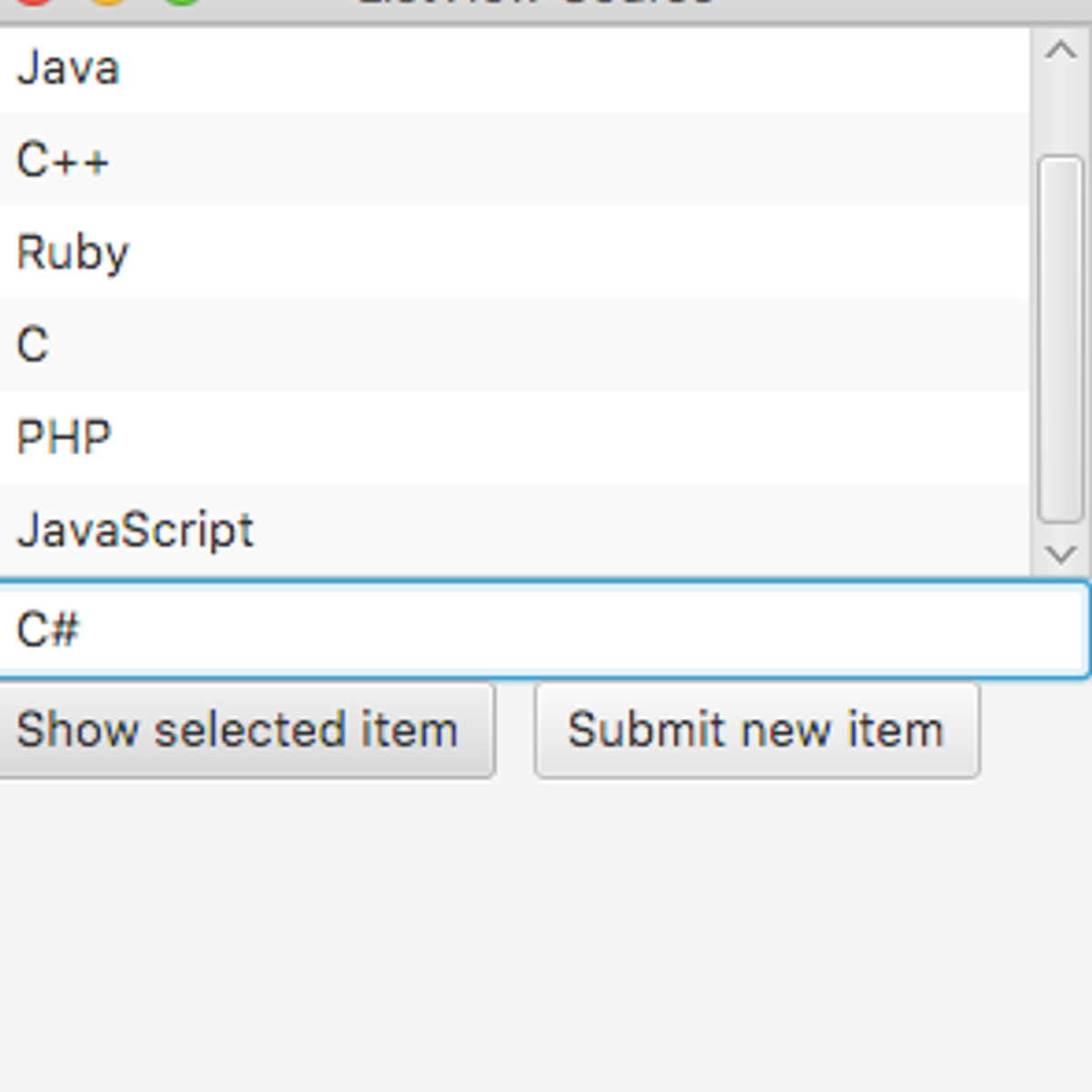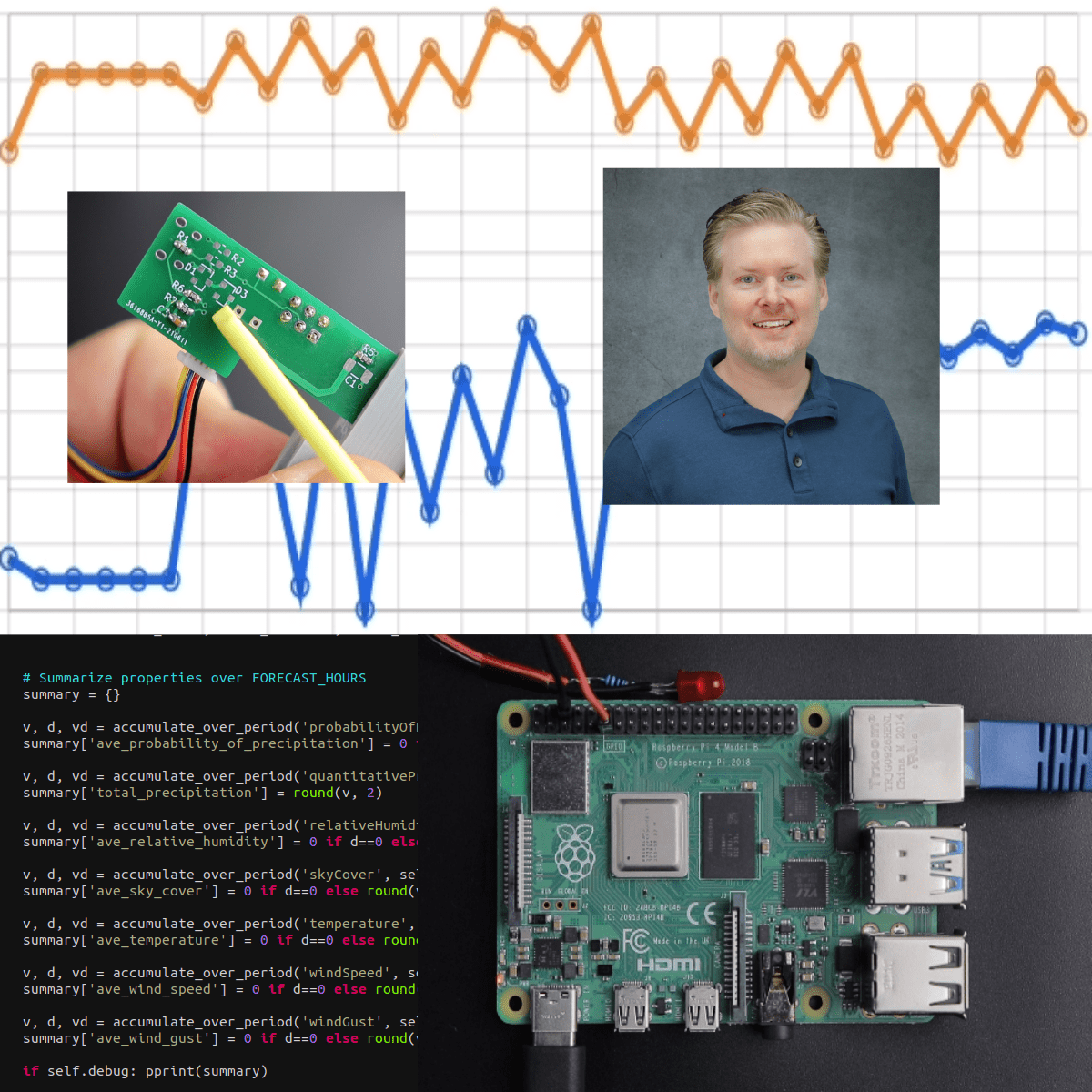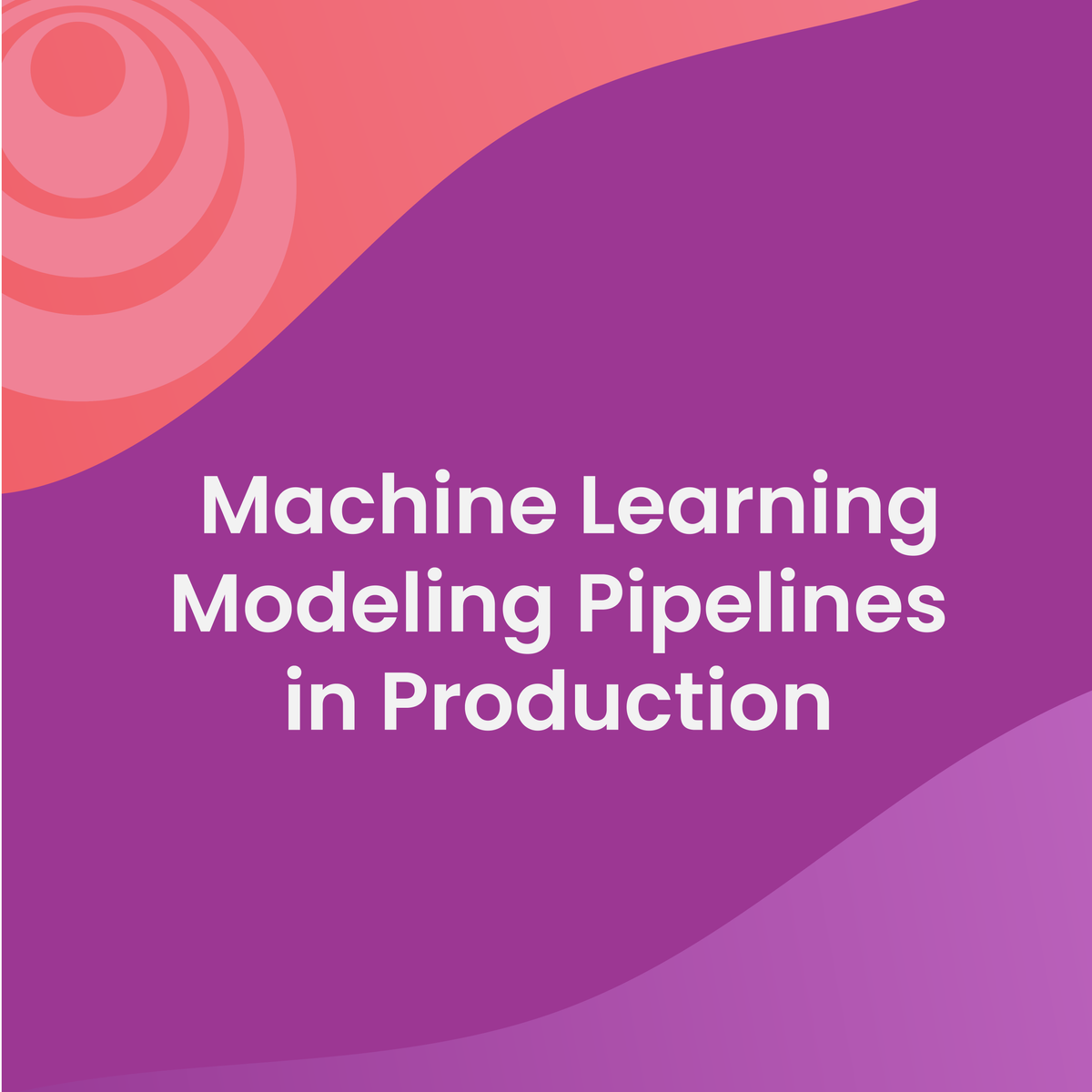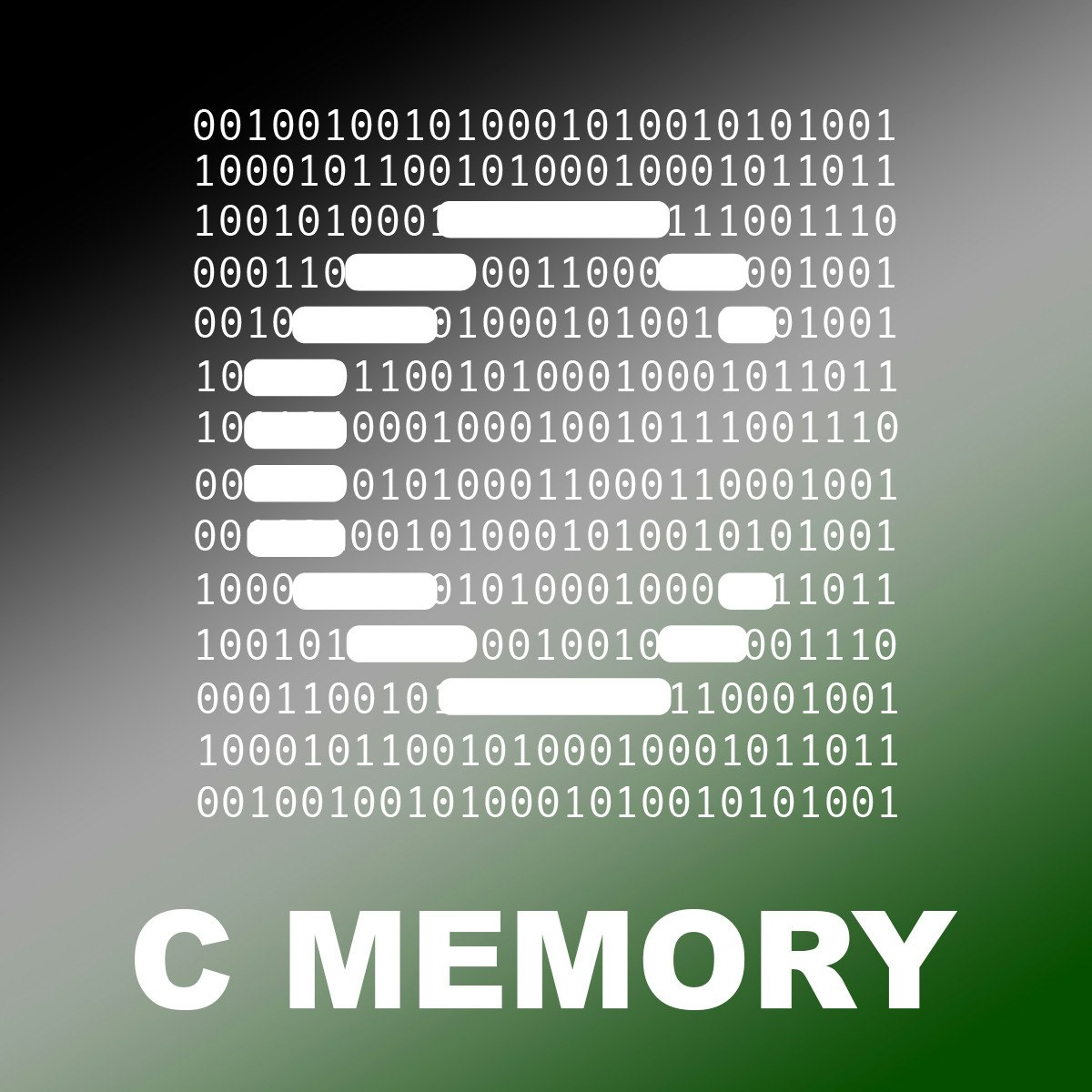Back to Courses









Software Development Courses - Page 71
Showing results 701-710 of 1266

Create UI in Unity Part 3 - Settings Menu
In this two-hour, project-based course, you will be introduced to Unity's User Interface (UI) Toolkit for building a settings menu for your game. This project covers creating and setting up each UI component based on user selection.
The guided project will introduce you to the following Unity UI concepts:
- Canvas, Rect Transforms and Panels
- Text, Images and Toggle switches
- Sliders and Buttons
This is Part 3 of a four-part series on creating a good-looking user interface for your game or other Unity application. Part 1 covered creating a screen overlay canvas for typical player-feedback such as health and score, while Part 2 showed you how to create world-space canvases to provide information and feedback on GameObjects in the environment. Part 4 will show you how to create a UI that will automatically adapt to the aspect ratio of any screen.
This series makes use of the sci-fi-themed Unity project created in Create Power-Ups and Obstacles with C# in Unity. It compliments this guided project and, although not a prerequisite, is recommended for a more well-rounded understanding of the concepts presented herein.

Create a simple list using ListView in JavaFX
In this project, you will create a simple GUI application that displays a list using list view in JavaFX framework. A template program is provided to which you will create and add a list of programming languages, a label, two buttons, and a text field. When you click on the first button the selected list item will be fetched. When you enter a new item in the text field and click on the second button, the new item will be added to the list.

Scrum Master Certification: Scaling Agile and the Team-of-Teams
Prior to starting this course, we recommend that you complete the first two courses in this specialization: Introduction to Scrum Master Training and Scrum Methodology.
This is the third course in the Certified Scrum Master specialization: Scaling Agile and the Team-of-Teams.

Build Your First GUI App With Java
In this 2-hour long project-based course, you will learn java graphical user interface (GUI) frameworks and you will learn how to develop GUI applications with java.
In this project, you will learn java GUI components in detail as well as you will learn how to generate code and design java apps by using NetBeans IDE.
By the end of this project, you will be able to design and develop your own GUI applications by using java GUI component tools.

Communications and High-Speed Signals with Raspberry Pi
Course two of this specialization is all about hardware physical layer and communication between elements of your project, how to troubleshoot high-speed signals when they don't work, and how to design your projects so they do work.
We start with a review of common signal protocols available . Then, to build a deep and intuitive understanding of how circuits send and receive these signals, Module 2 explores the physics of high-frequency signals in an easy-to-follow way.
Module 3 flips your thinking from the time-domain to the frequency-domain to examine the frequency components of signals and understand how unintended filtering in your circuits distorts your digital waveforms. These are "signal integrity" concepts, distilled to what you need for your Raspberry Pi projects.
Now, with our knowledge of signals, Module 4 develops five rules of thumb for designing your circuits so that your high-speed signals work the first time. These five rules of thumb, combined with the experience from earlier modules, help you estimate spectral bandwidth of signals, rise time, and gain insights whether you're troubleshooting a broken design or designing something new.

Building Basic Relational Databases in SQL Server Management Studio
In this one-hour based project you will apply the basics of working with relational databases within the SQL Server Management Studio (SSMS) environment. You will use the tools in SSMS to diagram an existing database and to create and run some SELECT and CREATE TABLE structured query language commands. You will also acquire the basic terminology that applies to all relational databases. By successfully completing the hands-on practices assigned, you will be better prepared for applying these basic concepts in SSMS in SQL Server classes.
Note: This course works best for learners who are based in the North America region. We’re currently working on providing the same experience in other regions.

Web Application Development with JavaScript and MongoDB
In this course, you will develop more advanced web application programming skills. You will learn how to control data read and write access using methods, publish and subscribe. You will learn how to access your database and server shells using command line tools. You will use the SimpleSchema system to validate data and generate input forms automatically. You will see a complete collaborative code editing environment, TextCircle, being built from scratch.
At the end of this course, you will be able to:
- use Meteor methods to control data write access
- use publish and subscribe to control data read access
- install and use advanced Meteor packages
- add user accounts to your applications
- implement complex MongoDB filters
- use the MongoDB and meteor server shells
- define data validations schemas using SimpleSchema
- generate data input forms automatically using SimpleSchema
In this course, you will complete:
2 programming assignments taking ~4 hours each to complete
4 quizzes, each taking ~20 minutes to complete
multiple practice quizzes, each taking ~5 minutes to complete
Participation in or completion of this online course will not confer academic credit for University of London programmes

Machine Learning Modeling Pipelines in Production
In the third course of Machine Learning Engineering for Production Specialization, you will build models for different serving environments; implement tools and techniques to effectively manage your modeling resources and best serve offline and online inference requests; and use analytics tools and performance metrics to address model fairness, explainability issues, and mitigate bottlenecks.
Understanding machine learning and deep learning concepts is essential, but if you’re looking to build an effective AI career, you need production engineering capabilities as well. Machine learning engineering for production combines the foundational concepts of machine learning with the functional expertise of modern software development and engineering roles to help you develop production-ready skills.
Week 1: Neural Architecture Search
Week 2: Model Resource Management Techniques
Week 3: High-Performance Modeling
Week 4: Model Analysis
Week 5: Interpretability

Managing Memory with C Programming
Memory management is often a challenge that C programmers face. In this 1.5 hour guided project. You will learn the fundamentals of memory management in C. At the end of this course, you will be able to describe and apply memory management functions in C.
Prerequisite: Must be able to write and understand simple C programs.

Learn Object-Oriented Programming with Scala
In this one hour class, you will learn the four pillars of object-oriented programming and apply it by completing a space simulation application. At the end of the class, you will understand the basic principles of object-oriented programming and have a skeleton application that you can modify into a game of other uses.
Popular Internships and Jobs by Categories
Browse
© 2024 BoostGrad | All rights reserved


